Did you know you can really change the look of your quilting simply by your choice of thread? We’ll compare the weight of three different thicknesses of thread when used for quilting so you can see how dramatic the difference is! This is a great way to achieve a new look in your quilted projects.
InvisaFil™ 100wt: Blends very easily into your fabric so it can’t be seen. Awesome for keeping your quilts flexible even with dense stitching and showing just the texture of the quilting and not the thread.
Ultima™ 40wt: Your standard weight quilting thread. A strong and versatile medium weight thread that shows just a bit, and not too much.
Accent™ 12wt: A lusciously thick thread that loves to show off. This bold choice was made to stand out and make your quilting look juicy.

Here is a piece of fabric with the batting and backing layers included like you would have on a regular quilt. Before beginning, we’ll load the machine with a DecoBob™ prewound bobbin. These come already wound with an 80wt thread called DecoBob, This is an excellent bobbin thread because not only is it super strong, but it’s also super fine. This will greatly reduce the bulk in the quilting and also give a better tension, which will result in a better stitch quality. It’s also going to make a huge difference when sewing with the 12wt thread when we get there.
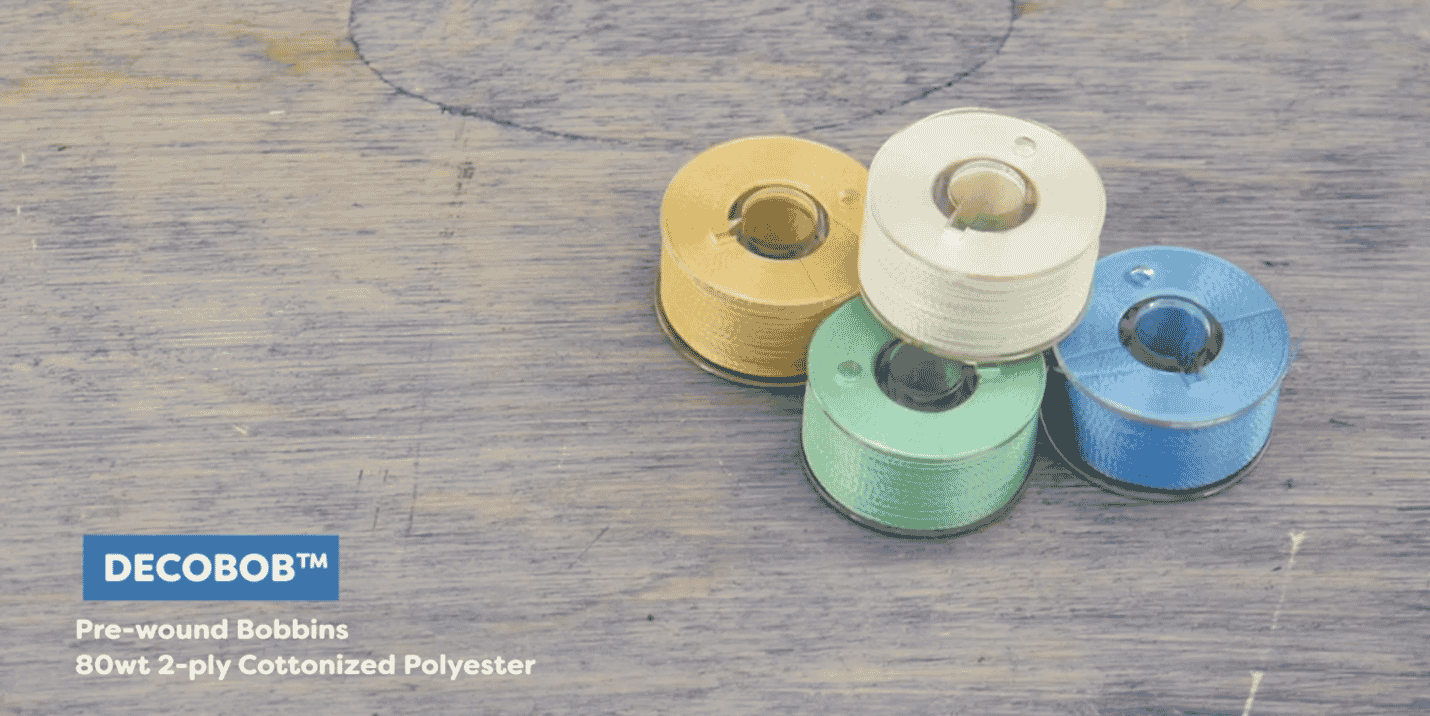
___________
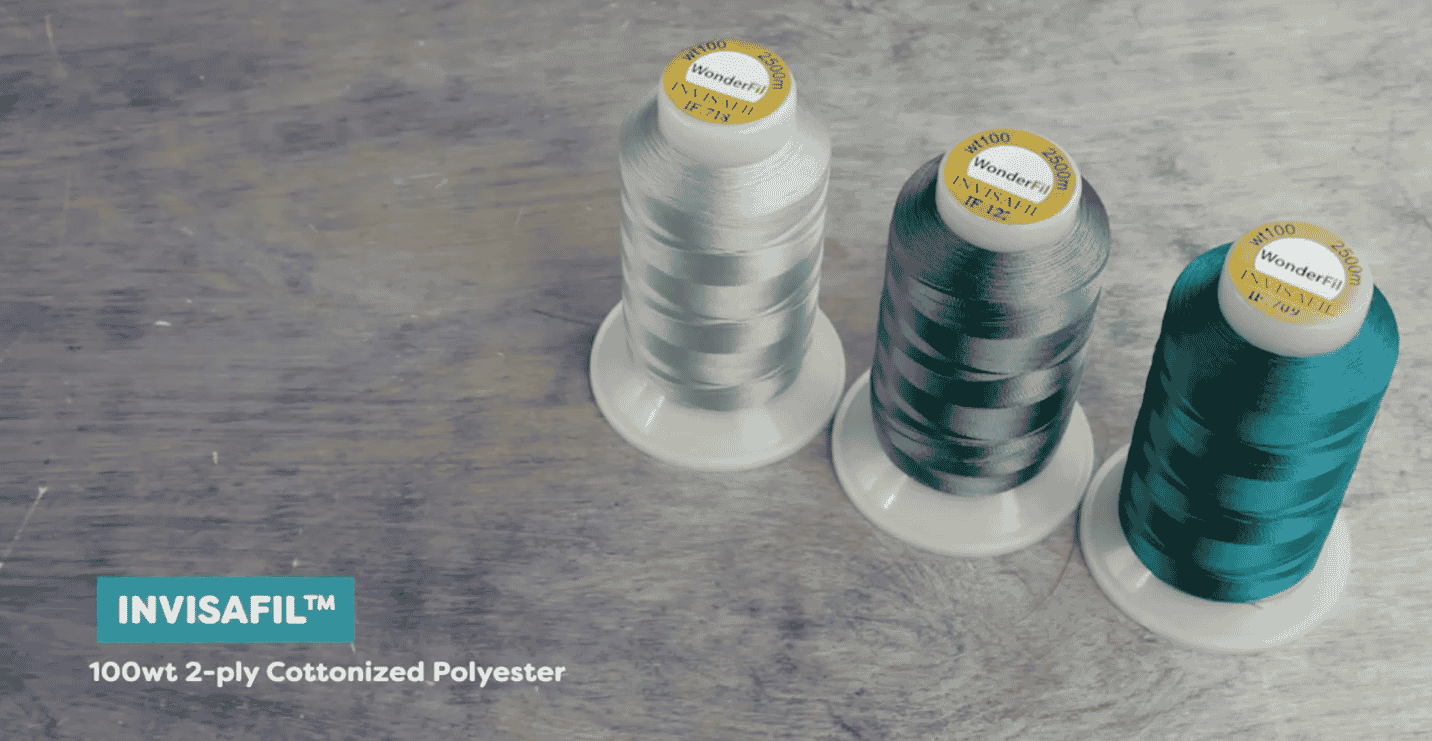
Let’s start with the 100wt thread. This thread is called InvisaFil™, and it’s a super fine 100wt cottonized polyester. This is perfect for blending into your fabric so it won’t be seen, making it ideal for showing the texture of your quilting without showing the thread. It’s also awesome for keeping your quilts soft and flexible even when doing dense stitching because the thread doesn’t take up a lot of space in the fabric.
Because it blends in so well, you can really just get away with just using a light grey for bright colours, darker grey for darker colours, or a beige or brown for warmer tones. Matching the colour perfectly makes it nigh invisible. However, a contrasting colour will still give you a thin stitch that shows a little. InvisaFil™ 100wt thread is your perfect choice for dense quilting or wherever you don’t want the thread to show up.
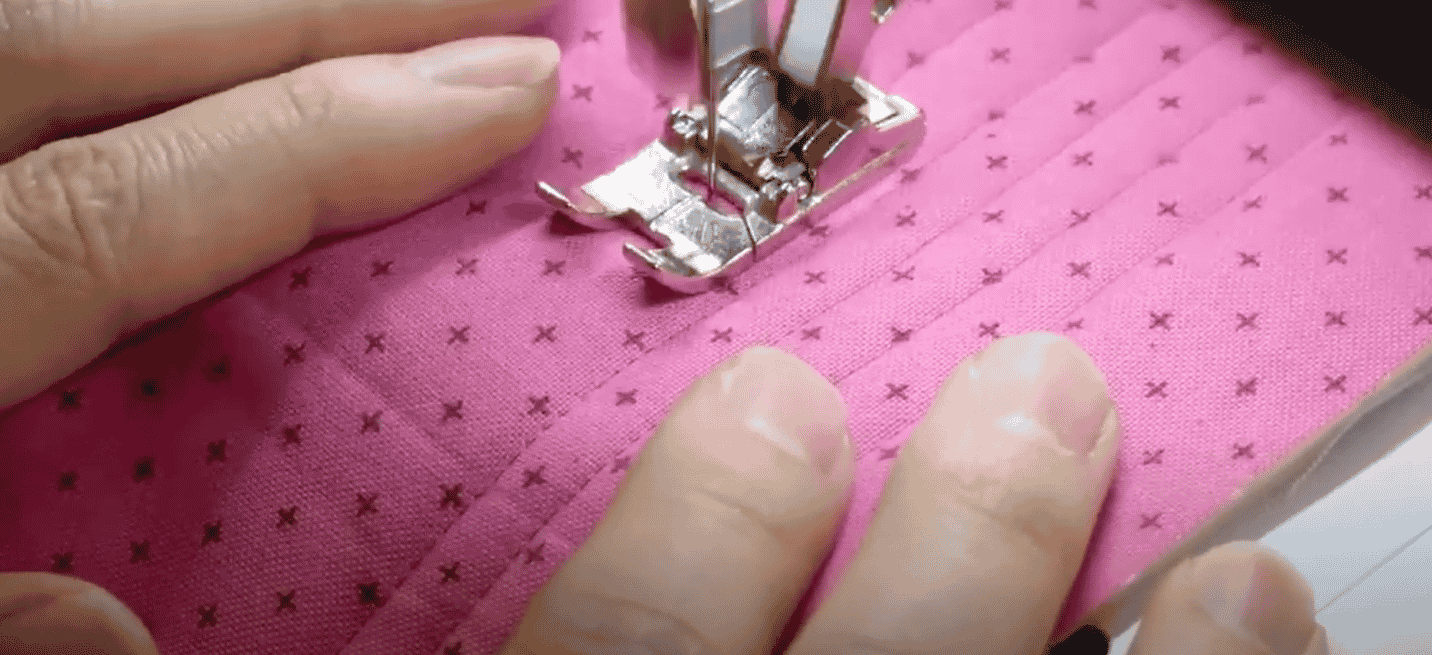
Matching colour
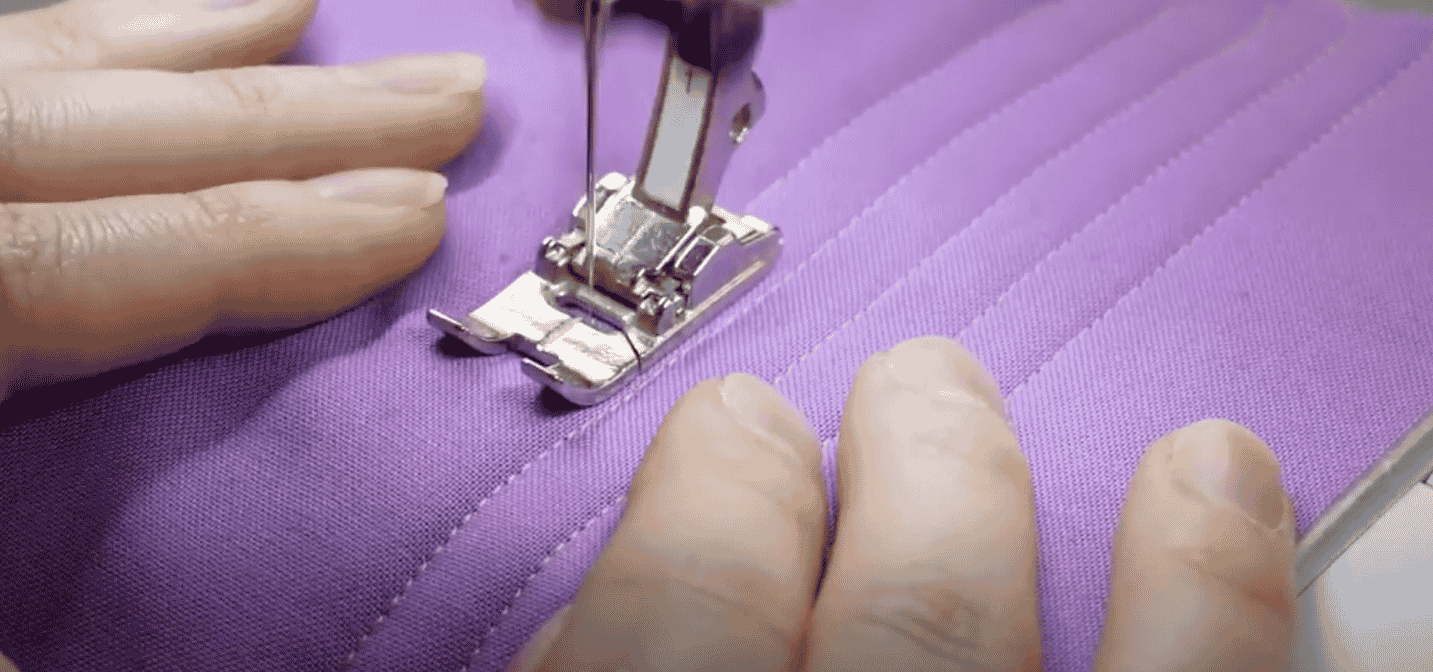
Contrasting colour
___________
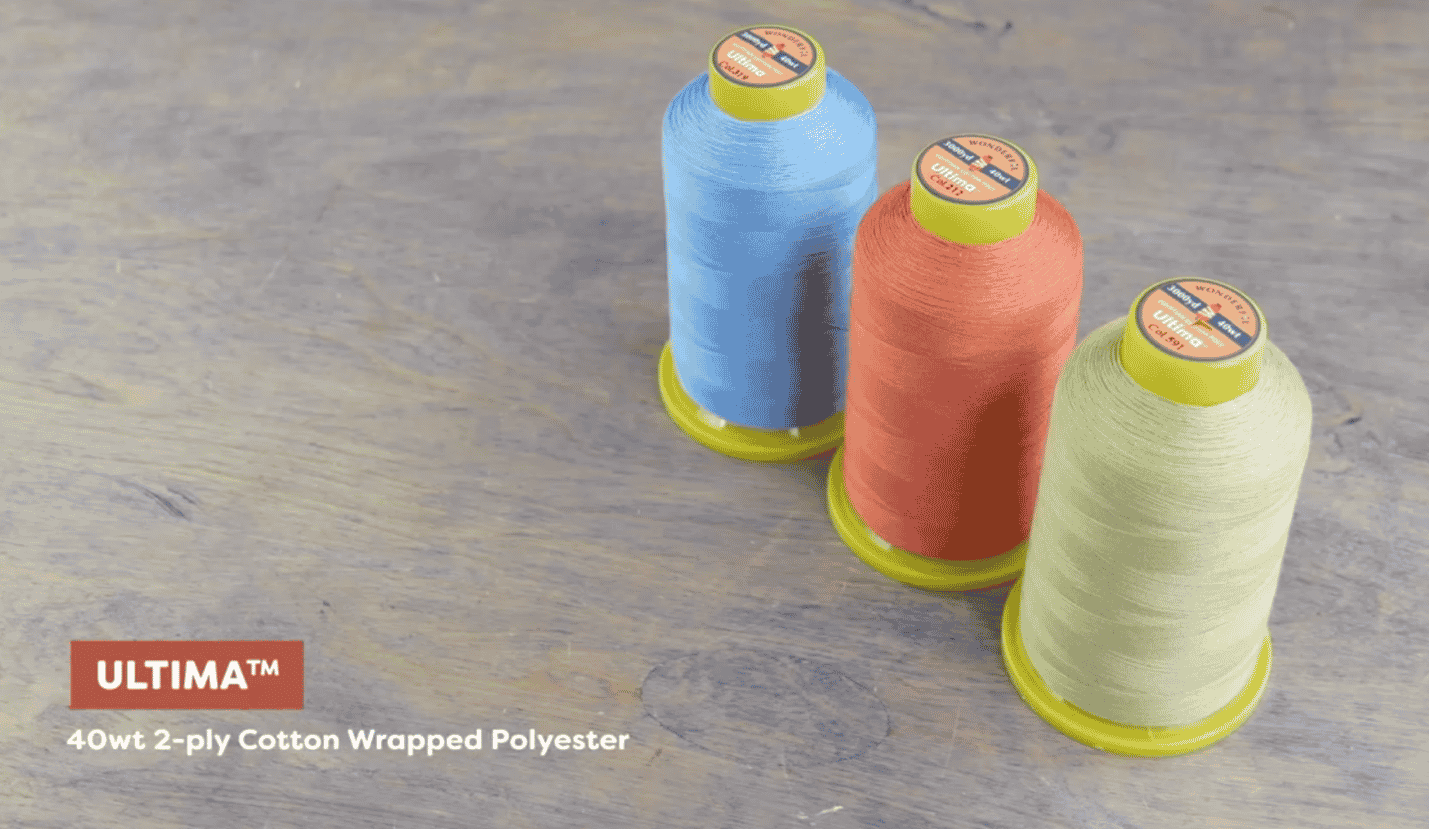
Next let’s take a look at the 40wt thread. There are a ton of 40wt quilting threads on the market, but the one I’m using here is an interesting one. This is called Ultima™, and it’s actually a cotton wrapped poly. That means it has a strong polyester core that sews easily and reliable like a polyester thread, but it’s wrapped in cotton giving you the quilted look of cotton. This is actually one of the cleanest wrapped threads on the market, meaning it won’t give off a whole lot of lint.
You may already be familiar with how a 40wt thread looks when it’s stitched out. While it’s going to be more visible than the 100wt InvisaFil™, it still isn’t going to make a huge impact if you’re using basic colours or ones that match the fabric. Choosing a contrasting colour will stand out a lot more, however. This is going to be your standard, do-all thread for every type of quilting.
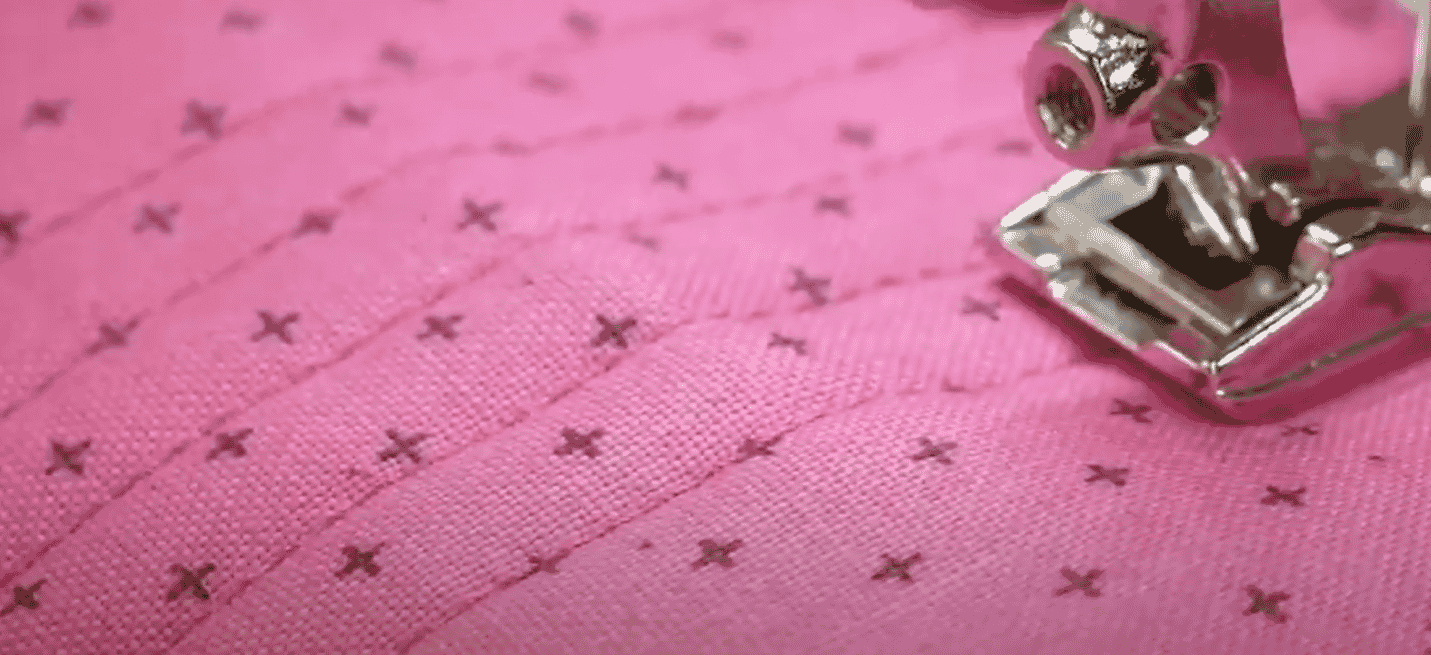
Matching colour
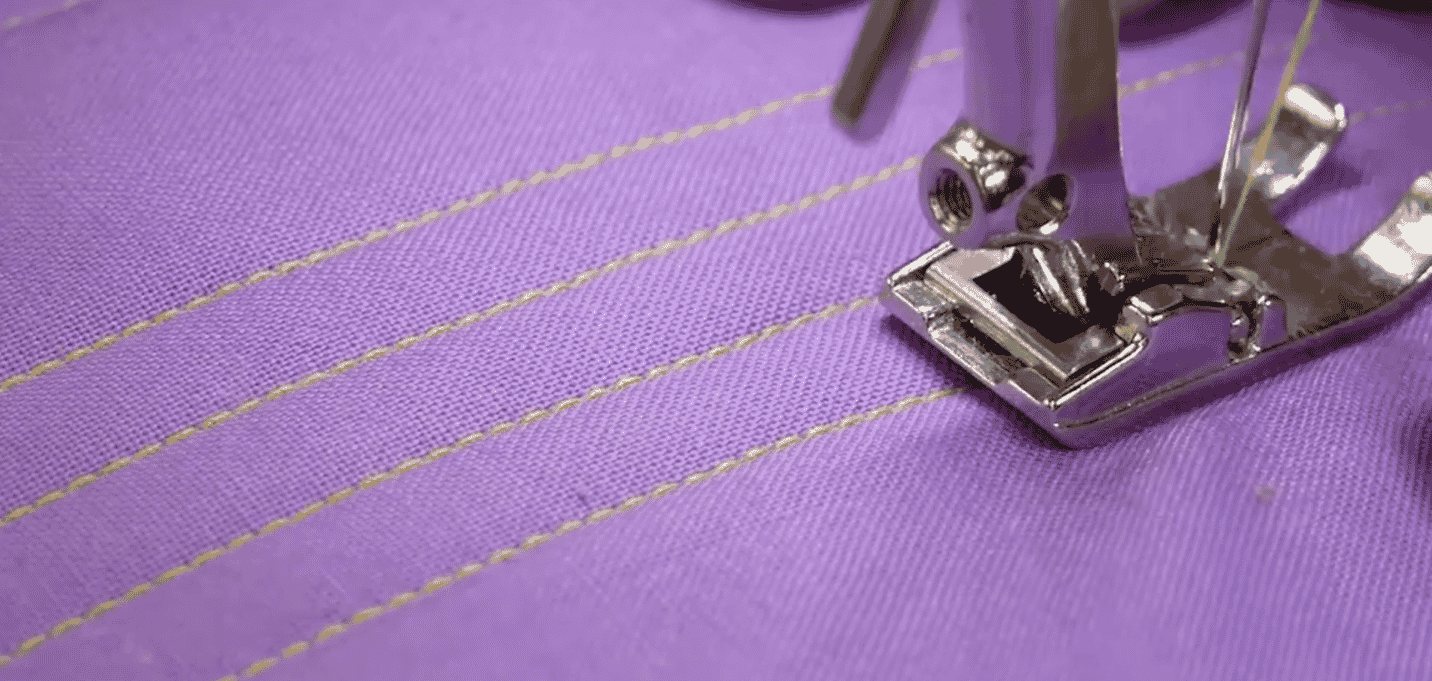
Contrasting colour
___________
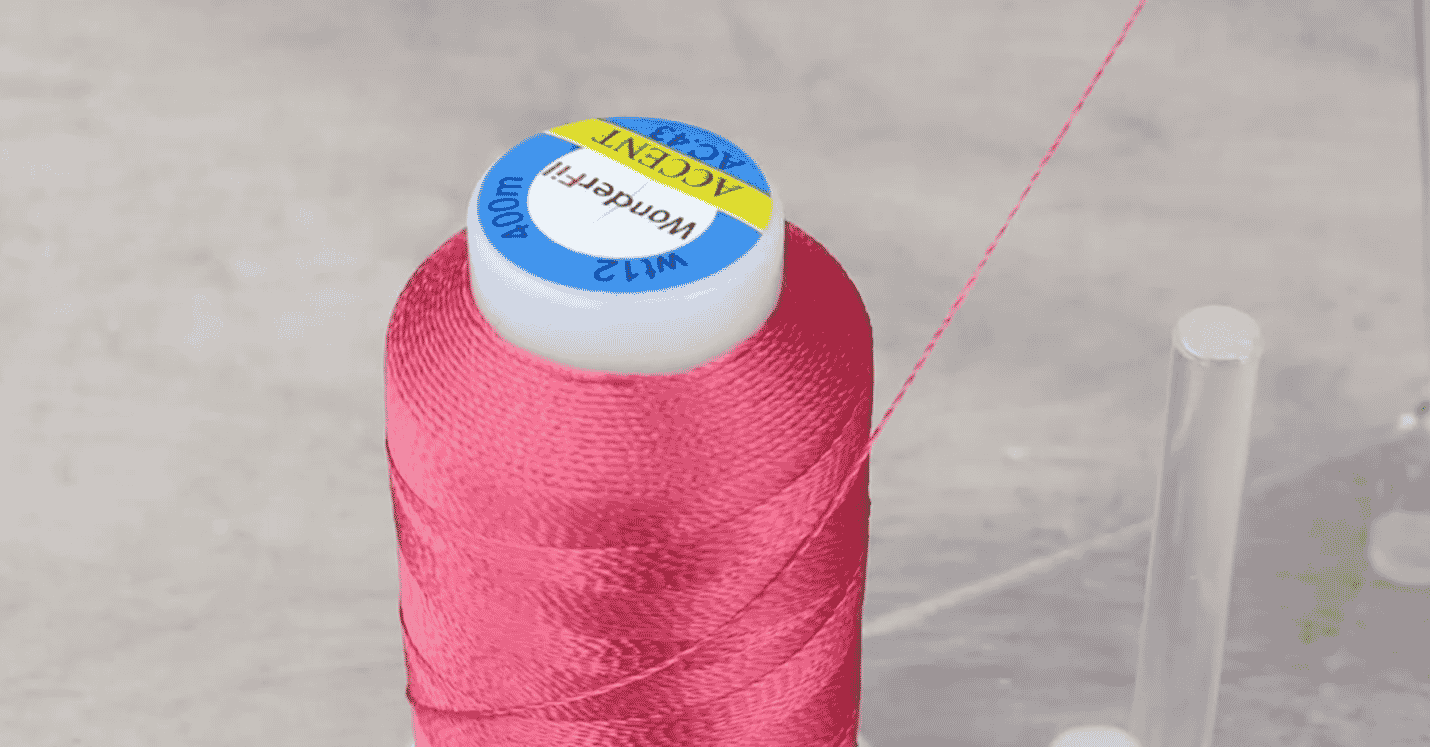
For our last thread comparison, we’re pulling out this chunky 12wt. 12wt is actually the thickest size thread you can safely fit through the eye of your sewing machine needle, so you will also need to use a slightly larger needle. I’ll be using a 90/14 topstitch needle because it has a larger eye for the thread to move around in.
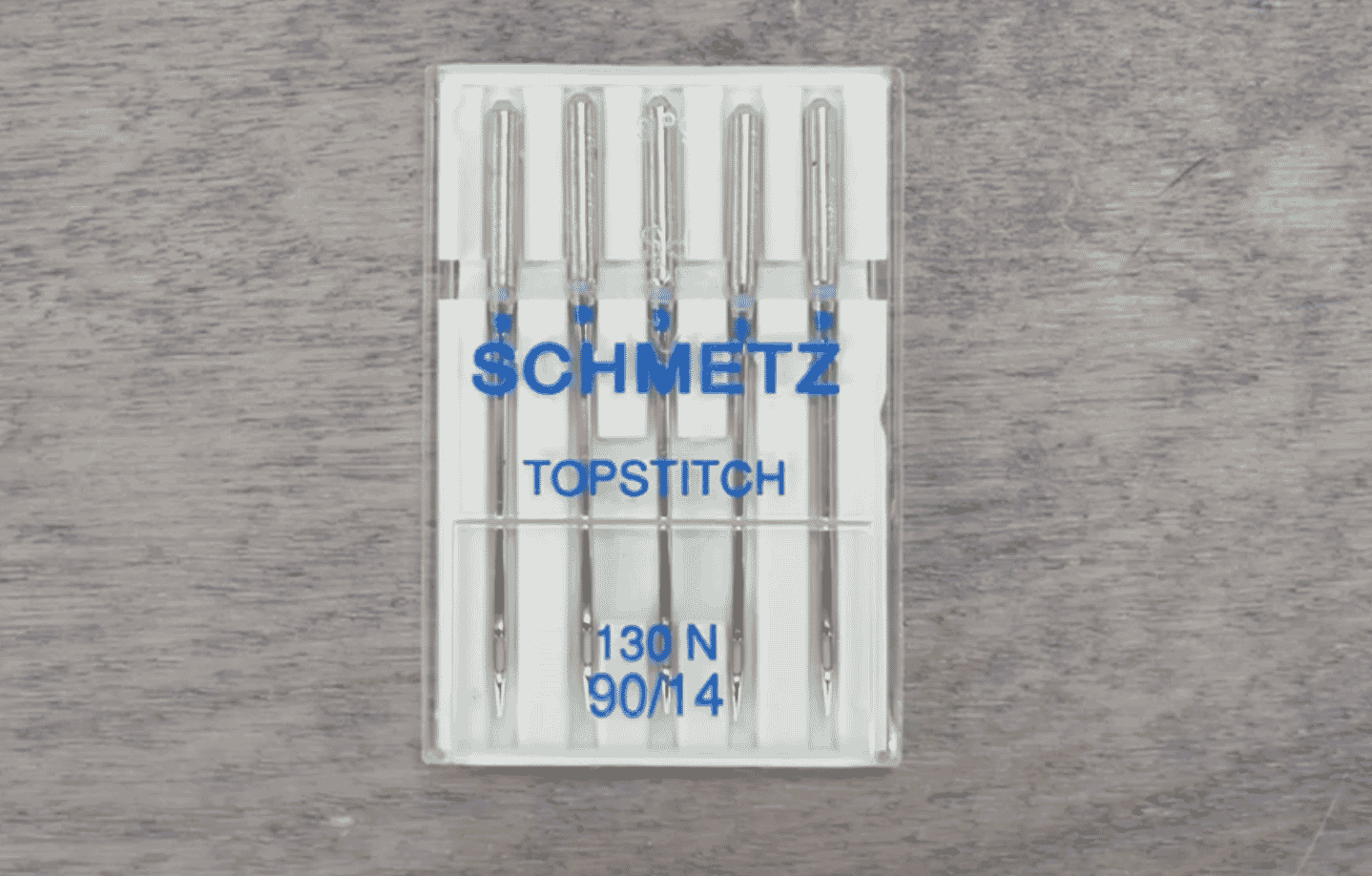
This thread is called Accent™ and it’s really all about going bold. It’s actually a 100% rayon thread, so if you want to do any edge-to-edge quilting with a 12wt thread, I would instead recommend a 12wt cotton instead like Spagetti™. Rayon tends to weaken when exposed to water, so this thread is great for adding accents and doing decorative elements, or for wall hanging quilts and art quilts.
This is a truly beautiful thread because it has a soft lustrous shine to it that catches the light. It’s perfect for any decorative quilting or outlining because of how bold it is. Your quilting will really stand out. Choosing a matching colour adds a beautiful subtle textural effect, while contrasting colours will really pop.
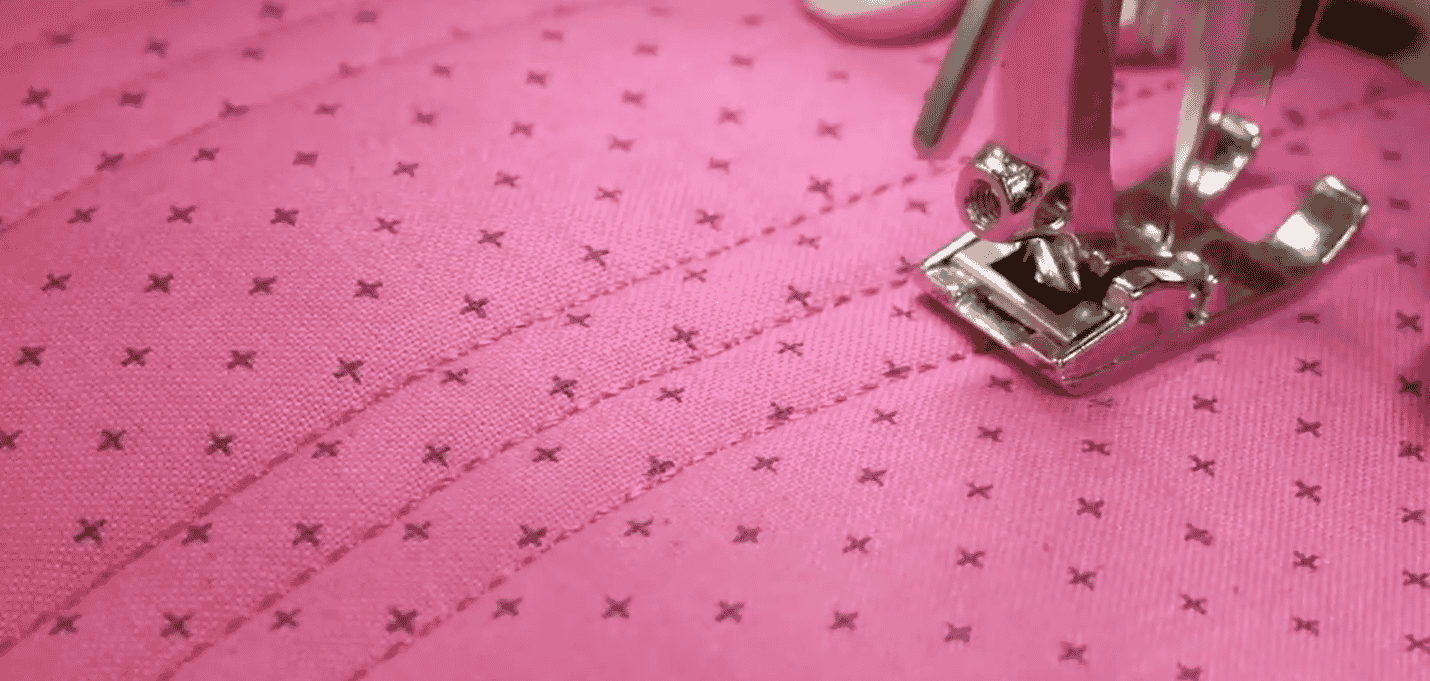
Matching colour
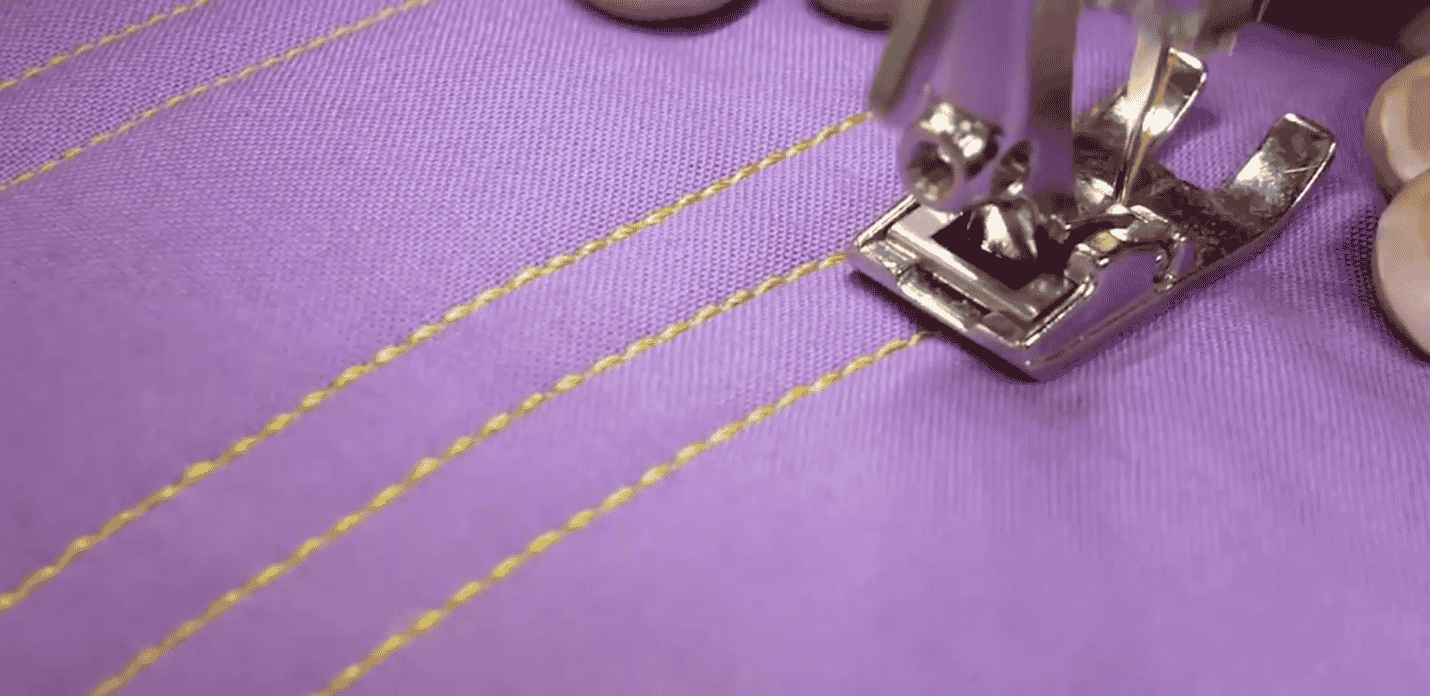
Contrasting colour
Looking at all the weights side-by-side, you can really see what a difference your choice of thread will make in your quilting. I hope this helps give you a better idea of what choices are out there, and what thread to choose for your next quilting project!

